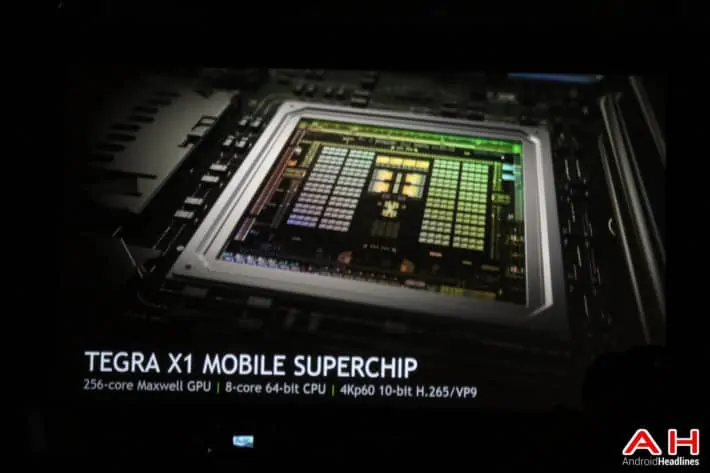The Nvidia Shield Tablet is one of those interesting off-the-beaten-path products that has gradually acquired mindshare. It’s easy to see why: the Shield Tablet was designed as a gaming tablet based around the Nvidia Tegra K1-32 processor and a 1080p 8.0-inch display. The K1-32 uses Nvidia’s powerful “desktop class” graphics processor for great quality gaming and has only recently been superseded with the Nvidia Tegra X1 processor. Nvidia also gave the tablet 2 GB of RAM and either 16 GB or 32 GB of local storage, which can be boosted by the onboard MicroSD card slot. The 32 GB version also comes with built-in LTE. Nvidia gave the Shield Tablet a selection of their own in-house applications, designed for gaming on the go, and a near-stock interface, which has helped the company update Android through 4.4 Kit Kat to 5.0 Lollipop. In terms of design, the Shield Tablet has front facing speakers and is somewhat more substantial compared with its peers. This is because of Nvidia’s efforts to keep the Tegra K1 cool under high load. There’s a built-in heat shield and a 5,300 mAh battery, which is larger than most other 8.0-inch tablets. All up, the Shield Tablet is still a powerful, relevant device running the latest version of Android, but then Nvidia have recently updated the Tegra processor line to the X1 and it’s logical enough that an upgrade to the Shield tablet is in the world.
Comparing the Tegra X1 with the K1-32, the biggest difference is in the processor architecture. The K1-32 is built around a quad core, 32-bit, 2.2 GHz ARM Cortex-A15 processor core. The X1 is built around eight 64-bit cores, four being the high performance replacement for the A15, the Cortex-A57, and four being the high efficiency Cortex-A53. Nvidia haven’t used the established big.LITTLE architecture in the X1, whereby the processor tends to run first with the high efficiency processor and changes gear to the higher performance core; instead the X1 adopts more of a free-for-all approach that will likely see a mix of processor cores in use at any one time. We’ll have to wait and see how much of an impact this has on the performance and battery life. The other difference is in the graphics processor, which is up from 192 cores to 256 cores, together with other hardware improvements. The K1-based Shield Tablet is hardly a slouch at gaming; a successor based around the X1 could be quite the monster.
If Nvidia are indeed working on a Shield Tablet 2, it might be announced at the 17 March GPU conference. I for one can’t wait; I love how Nvidia are doing something different with their processor lineup in order to differentiate themselves from the Qualcomms and Samsungs of this world. I also appreciate how they don’t pursue the slimmest tablet design in the world but instead ensure they give their device a generous helping of battery capacity, too. Roll on middle-March.

